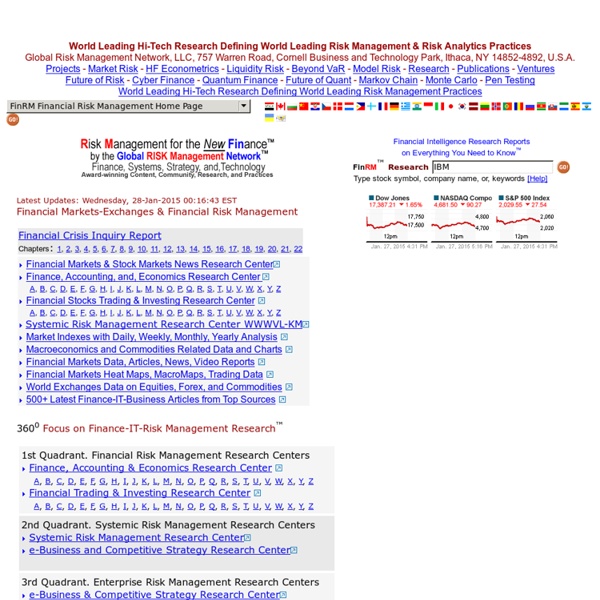



Understanding the Pareto Principle (The 80/20 Rule) Originally, the Pareto Principle referred to the observation that 80% of Italy’s wealth belonged to only 20% of the population. More generally, the Pareto Principle is the observation (not law) that most things in life are not distributed evenly. It can mean all of the following things: 20% of the input creates 80% of the result20% of the workers produce 80% of the result20% of the customers create 80% of the revenue20% of the bugs cause 80% of the crashes20% of the features cause 80% of the usageAnd on and on… But be careful when using this idea! 20% of the workers could create 10% of the result. Also recognize that the numbers don’t have to be “20%” and “80%” exactly. Life Isn’t Fair What does it mean when we say “things aren’t distributed evenly”? In a perfect world, every employee would contribute the same amount, every bug would be equally important, every feature would be equally loved by users. But that isn’t always the case: Of course, this ratio can change. So Why Is This Useful?
CFO Coaching | CFO Consulting | CFO Retained Search | The Strategic CFO AuthorMapper - Scientific Research and Author Locations Globally What is Pareto chart? Definition from WhatIs A Pareto chart, also called a Pareto distribution diagram, is a vertical bar graph in which values are plotted in decreasing order of relative frequency from left to right. Pareto charts are extremely useful for analyzing what problems need attention first because the taller bars on the chart, which represent frequency, clearly illustrate which variables have the greatest cumulative effect on a given system. The Pareto chart provides a graphic depiction of the Pareto principle, a theory maintaining that 80% of the output in a given situation or system is produced by 20% of the input. The Pareto chart is one of the seven basic tools of quality control. A Simple Example A Pareto chart can be used to quickly identify what business issues need attention. See also: flowchart, histogram
Finance Articles - Self Study Guides to Learn Finance Analysis of Financial Statements Guide to financial statement analysis The main task of an analyst is to perform an extensive analysis of financial statements. In this free guide, we will break down the most important methods, types, and approaches to financial analysis. EBIT vs EBITDA What is the Difference between EBIT and EBITDA? IPO Process What is the IPO Process? Definition of WACC A firm’s Weighted Average Cost of Capital (WACC) represents its blended cost of capital across all sources, including preferred shares, common shares, and debt.
BlackLitterman.org The Calculating Investor The Difference Between Profit & Profit Margin One goal of any business is to increase its profit, but increased profit doesn’t always lead to increased profit margins. Whether running a tattoo shop or a boutique, a business owner needs to understand the difference between profit and profit margin and realize which one serves as a better measurement for understanding costs. Profit One formula can help anyone better understand profit: total revenue minus total expenses equals profit. For example, let's say a furniture store sells $500,000 worth of furniture a year and its total expenses to operate the store (rent, utilities, labor, advertising, licenses, merchandise etc.) total $400,000. Profit Margin Profit margin acts as a measurement of a company’s profitability. Profit vs. The profit margin also acts as a gauge of a company’s control on operating costs. Importance It is important for any company, especially a small business, to understand its profit margin. Considerations About the Author Photo Credits
Calculator Soup - Online Calculator Resource